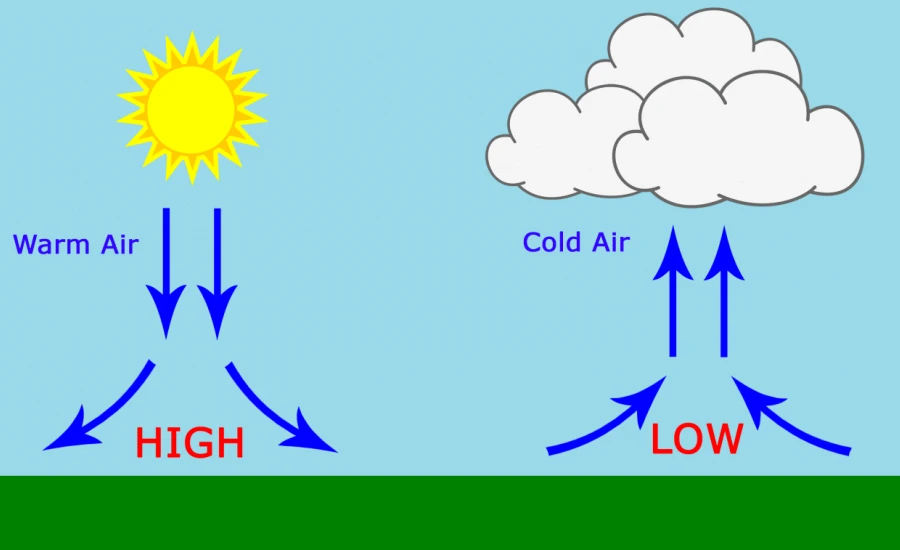
# Ambient Pressure Definition and Its Significance in Science
## What Is Ambient Pressure?
Ambient pressure refers to the pressure exerted by the surrounding environment, typically the atmosphere, at a given location. It is the force per unit area applied by the weight of the air above a specific point on Earth’s surface or within a contained space. Measured in units such as pascals (Pa), atmospheres (atm), or pounds per square inch (psi), ambient pressure varies with altitude, weather conditions, and other environmental factors.
## Understanding Ambient Pressure in Different Contexts
### Atmospheric Pressure
At sea level, standard atmospheric pressure is defined as 101,325 Pa (1 atm or 14.696 psi). This value decreases with increasing altitude as the column of air above becomes shorter and less dense. For every 1,000 feet of elevation gain, atmospheric pressure drops by approximately 1 inch of mercury (inHg).
### Industrial and Engineering Applications
In industrial settings, ambient pressure often refers to the pressure surrounding equipment or processes. Maintaining proper ambient pressure is crucial for:
– Vacuum system operations
– Chemical processing
– Aerospace engineering
– Hydraulic systems
### Biological Systems
Ambient pressure plays a vital role in biological systems, particularly for:
– Human physiology at different altitudes
– Marine life adaptations to water pressure
– Hyperbaric and hypobaric medical treatments
## Measuring Ambient Pressure
Several instruments measure ambient pressure:
– Barometers (mercury or aneroid)
– Pressure transducers
– Digital pressure sensors
– Manometers
## The Importance of Ambient Pressure in Scientific Research
Understanding ambient pressure is essential across multiple scientific disciplines:
### Meteorology
Atmospheric scientists study pressure variations to predict weather patterns and understand climate dynamics. Low-pressure systems typically indicate stormy conditions, while high-pressure systems often bring clear skies.
### Physics and Chemistry
Many physical and chemical processes are pressure-dependent. Researchers must account for ambient pressure when:
– Conducting gas law experiments
– Studying phase transitions
– Measuring reaction rates
### Materials Science
Ambient pressure affects material properties and behaviors, influencing:
– Corrosion rates
– Thermal expansion
– Mechanical strength
## Practical Implications of Ambient Pressure
From everyday life to specialized applications, ambient pressure affects numerous aspects:
– Cooking times and temperatures (especially at high altitudes)
– Aircraft cabin pressurization
– Scuba diving safety protocols
– Industrial process optimization
Understanding ambient pressure and its variations helps scientists, engineers, and professionals across fields make accurate measurements, design better systems, and ensure safety in various environments.
Keyword: ambient pressure definition